Japan's love affair with rice runs deep, offering a plethora of tantalising rice dishes. Beyond the familiar favourites like tempura bowls and beef bowls, there's a variety of rice-based delights that capture the essence of each region's traditions and cultural environments. The famous rice dishes include Fukagawa Meshi (i.e., rice dish) from Tokyo, Sayori Meshi from Gifu, Uzume Meshi from Shimane, Kayaku Meshi from Osaka, and Chushichi Meshi from Saitama. Together, they are known as "Japan's Five Signature Rice Dishes". Join us as we explore the heart of Japanese culinary tradition, focusing on Japan's Five Signature Rice Dishes. Together, let's embark on a journey through the vibrant world of delicious meals made with local ingredients and traditional cooking methods!
What are Japan's Five Signature Rice Dishes?
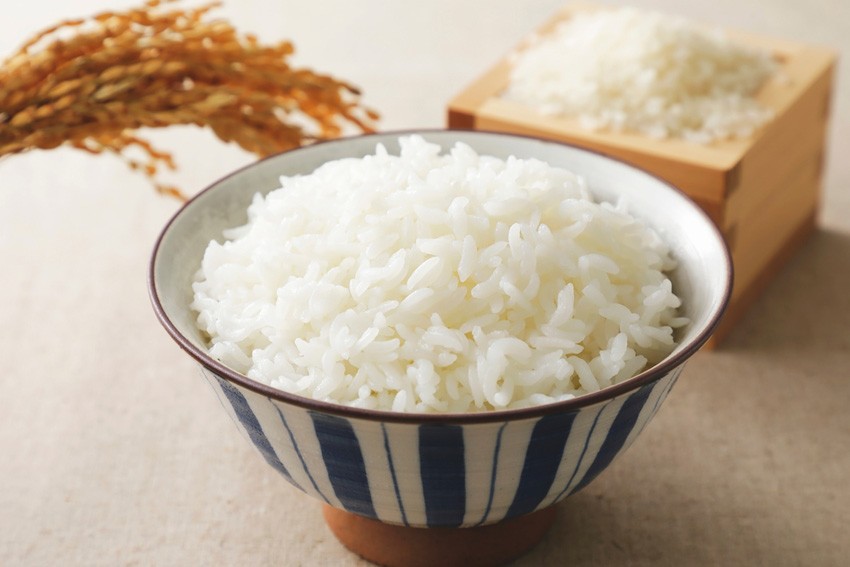
Japan's Five Signature Dishes refers to the dishes selected by the Imperial Household Agency in 1939 as representative local rice dishes from all over Japan. These dishes, each with its own special flavour and way of cooking, are important parts of local history, culture, and ingredients, loved by people in each area. In Japan, rice isn't just food—it's also a big part of the culture and daily life. When people gather to eat, rice brings them closer together with family and friends, especially when paired with seasonal and local foods. Japan's Five Signature Rice Dishes are essential to understanding Japanese food culture.
List of Japan's Five Signature Rice Dishes
- Tokyo, Fukagawa "Fukagawa Meshi"
- Gifu Prefecture, Kani City, Mitake Town "Sayori Meshi"
- Shimane Prefecture, Tsuwano Town "Uzume Meshi"
- Osaka Prefecture, Namba "Kayaku Meshi"
- Saitama Prefecture, Ogawa Town "Chushichi Meshi"
Tokyo, Fukagawa "Fukagawa Meshi"
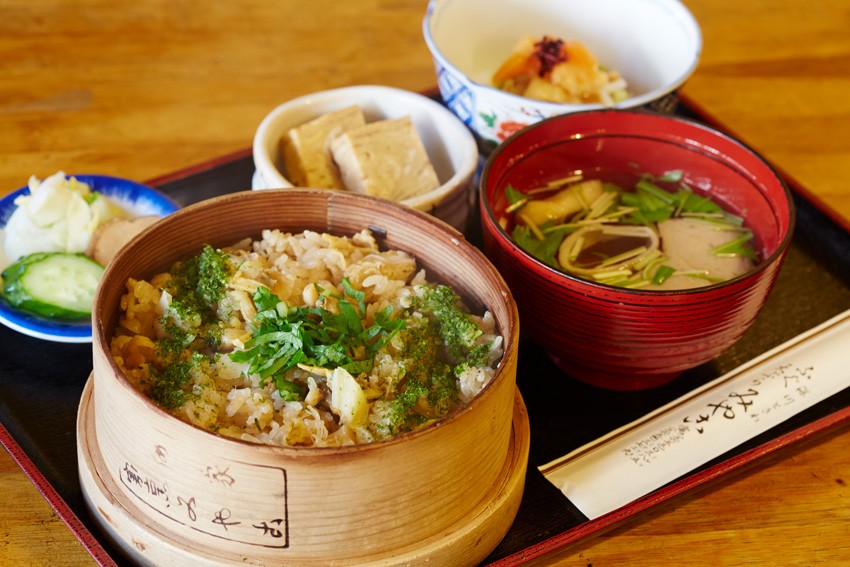
Fukagawa flourished as a fishing town during the Edo period (1603-1868), where many fishermen who caught fish, shellfish, and seaweed lived. In this area, clams were particularly abundant, and they were sometimes referred to as "Fukagawa" locally. The story of Fukagawa Meshi, a well-loved local dish, begins here. Originally called "bukkake-meshi," it was a favourite among Fukagawa's fishermen, often enjoyed right on their boats. They would cook their freshly caught clams with leeks and tofu, then pour the tasty broth over rice for a satisfying meal at sea. Over time, this simple dish evolved into the bukkake style we know today, flavoured with miso and soy sauce. It became popular at food stalls and small restaurants, loved by both locals and visitors for its deliciousness and convenience.
Another version of Fukagawa Meshi involves cooking clams with rice, known as the "takikomi" style. It is said this was originally made for workers like carpenters to take as a packed lunch. This reflects Fukagawa's unique charm, where fresh clams are affordable and readily available, making it a beloved homemade dish.
Restaurants in Tokyo where you can eat Fukagawa Meshi
・Kappo Miyako
Address: 2-7-1, Tokiwa, Koto-ku, Tokyo
・Tempura Katayama
Address: 1-14-2, Hirano, Koto-ku, Tokyo
・Fukagawa-juku Main Store
Address: 1-6-7, Miyoshi, Koto-ku, Tokyo
・Fukagawa Issui
Address: 2-8-8, Kiba, Koto-ku, Tokyo
・Fukagawa Kamasho
Address: 2-1-13, Shirakawa, Koto-ku, Tokyo
Gifu Prefecture, Kani City, Mitake Town "Sayori Meshi"
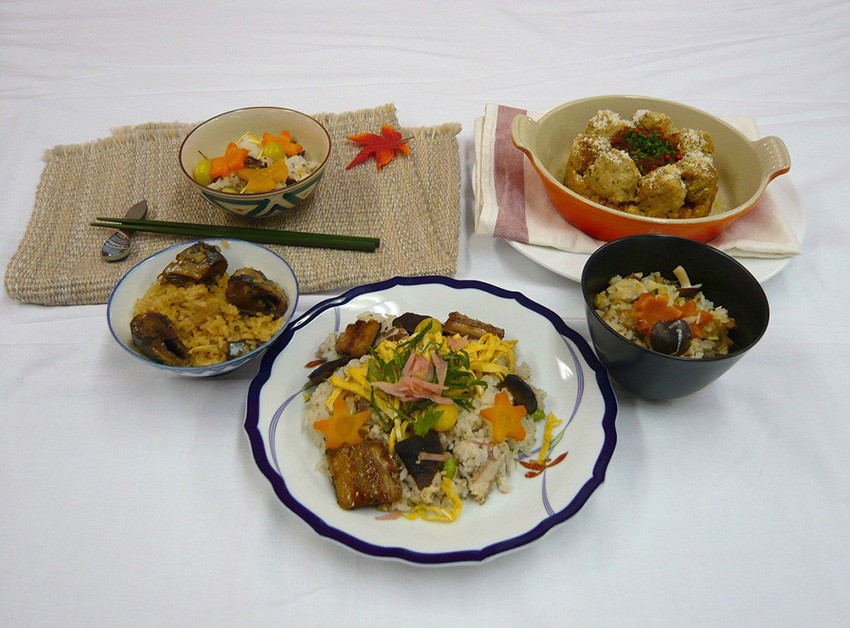
In the mountainous central and southeastern regions of Gifu Prefecture, fresh sea fish used to be hard to come by. Instead, locals relied on preserved salted and dried fish, often sold by travelling vendors. Among these, salted saury was a prized delicacy, reserved for special occasions. To savour this treat, residents crafted "Sayori Meshi," a dish where saury is cooked with rice. It became a cherished tradition, enjoyed during autumn harvest festivities and on memorable days.
The main ingredients are saury and white rice, but depending on the region, ginger, taro, Japanese pepper, and burdock are also used. Saury is used efficiently, cut into rings or chunks along with its bones and internal organs for flavour. In certain places, saury with the head, tail, and internal organs removed beforehand might be preferred.
Despite its name, "Sayori Meshi" is made with saury, known as "sanma" in Japanese, and not with "sayori", another sea fish. So why the mix-up? In the Kani region, nestled far from the sea, distinctions among sea fish were often blurred, and all elongated, slender fish were colloquially referred to as "sayori". Consequently, although its original designation should have been "Sanma Meshi", it acquired the name "Sayori Meshi", embodying a regional peculiarity in seafood taxonomy.
Places in Kani City where you can eat Sayori Meshi
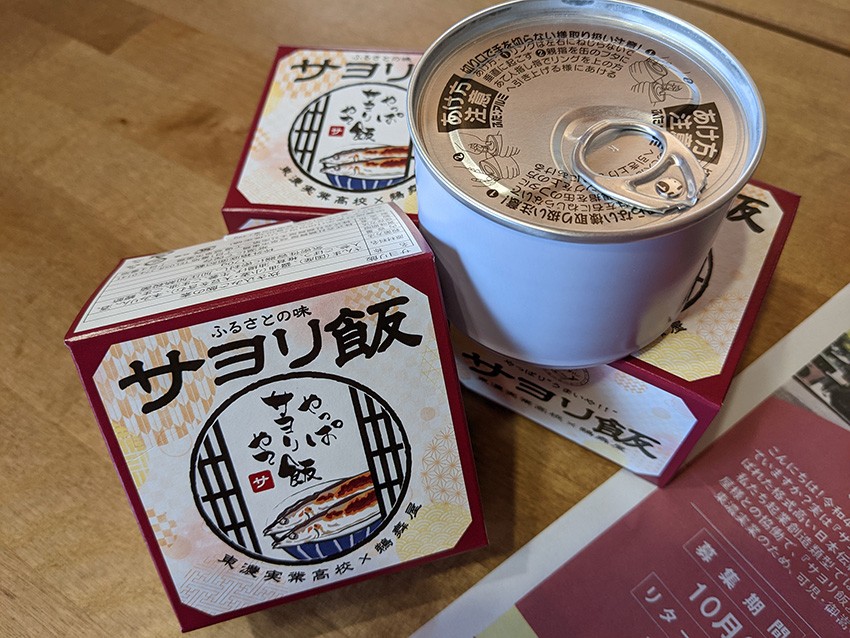
Currently, there are no stores in Kani City that offer Sayori Meshi, but "Sayori Meshi Seasoning" cans are sold at the roadside station "CANITTE". With this canned product, you can easily enjoy the taste of Sayori Meshi at home.
・Roadside Station "CANITTE"
Address: 416-1 Sugitsubo, Kakita, Kani City, Gifu Prefecture (immediately from the TOKAI-KANJO Expressway Kani Mitake Interchange)
Moreover, during events organized by the Kani City Tourism Association, such as the November Momiji Festival and the March Katakuri Festival, Sayori Meshi is available for purchase. Visitors have the opportunity to savour this local delicacy on-site, making it a must-try experience. For comprehensive event details, please refer to the official website.
- Kani City Tourism Association site (Japanese only) https://kani-kankou.jp/
Shimane Prefecture, Tsuwano Town "Uzume Meshi"
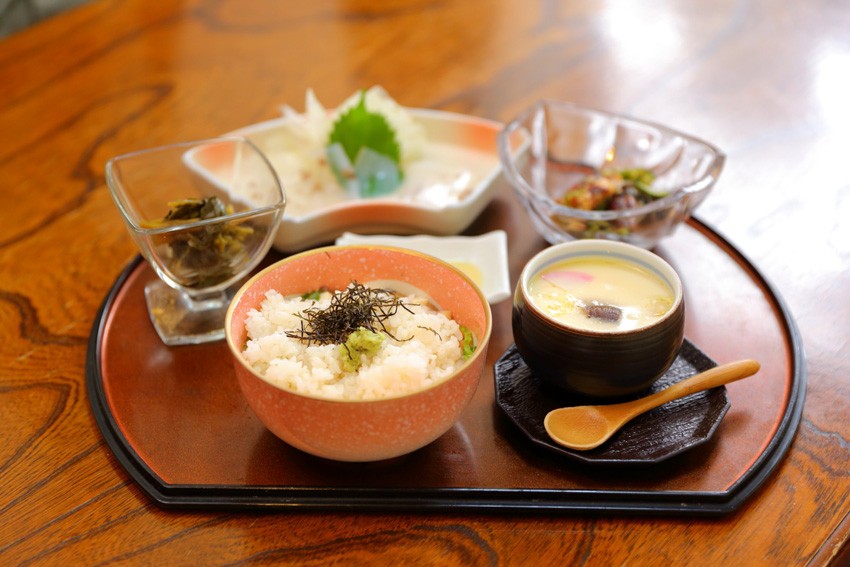
Discover "Uzume Meshi," a local specialty from the Iwami region in western Shimane Prefecture, particularly in Tsuwano Town. It may resemble wasabi ochazuke, but beneath the rice lies a delightful surprise – small pieces of sea bream and vegetables. The dish's origins are uncertain, with some suggesting it originated during the Edo period (1600-1868) when people were forced to live frugal lives and had to hid their indulgences, while others believe it arose from a sense of embarrassment due to simple ingredients. Also, when serving or eating, there's also a tradition of modesty, often expressed through downcast eyes.
Uzume Meshi boasts a flavourful combination of parsley, carrots, shiitake mushrooms, sea bream, and wasabi. Of particular note is the fragrant wasabi, cultivated in the pristine mountain waters surrounding Tsuwano Town. Renowned as a local specialty, Tsuwano's wasabi lends a distinct sweetness, appealing even to those unaccustomed to its flavour. To enjoy Uzume Meshi, simply pour the vegetable and grilled sea bream broth over the dish, akin to ochazuke. The addition of wasabi adds a delightful touch, enhancing the dish's simple yet refreshing taste.
Restaurants in Shimane Prefecture where you can eat Uzume Meshi
・Saranoki
Address: Tonomachi, Tsuwano-cho, Kanoashi-gun, Shimane Prefecture
・Mino-ya
Address: 75-1 Ushiroda, Tsuwano-cho, Kanoashi-gun, Shimane Prefecture
・Kisetsu Ryori Tokumasa
Address: Ushiroda I-293, Tsuwano-cho, Kanoashi-gun, Shimane Prefecture
Osaka Prefecture, Namba "Kayaku Meshi"
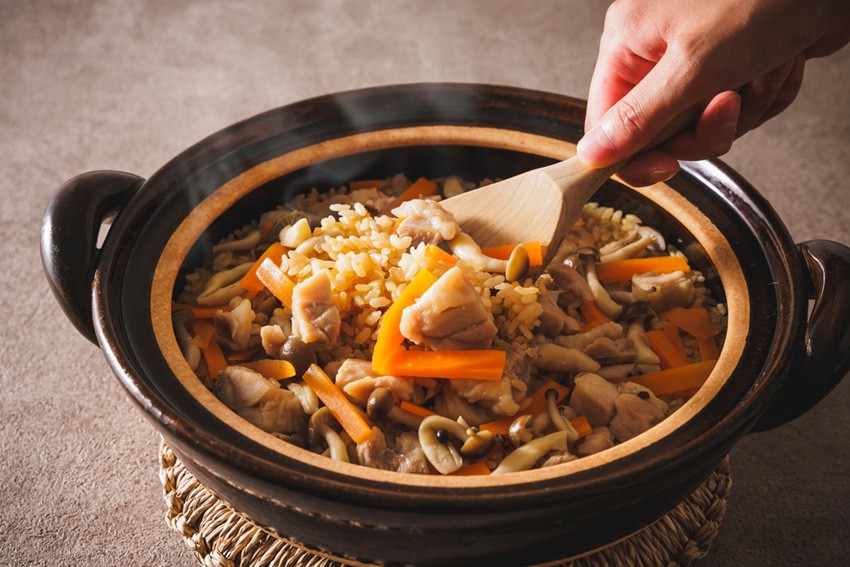
Originating in Namba, Osaka Prefecture, "Kayaku Meshi" is a type of "takikomi gohan", a dish where rice is cooked with various ingredients. In Osaka, this dish is fondly known as "Kayaku Meshi" or "Kayaku Gohan", deeply ingrained as a staple of everyday cuisine. Its popularity in Osaka stems from its versatility – it can be enjoyed just as deliciously cold as it is hot, and it's a complete meal on its own, eliminating the need for additional side dishes. This practicality resonates with the resourceful nature of Osakan culture, where utilising leftover vegetables to create a flavourful dish is highly valued.
The term "kayaku" originally referred to auxiliary medicines used to enhance the effects of Chinese herbal medicines or to make them more palatable. Over time, the condiment-like ingredients added to dishes came to be known as "kayaku". In the Kansai region, "kayaku" signifies the meat and vegetables included in mixed rice (Gomoku Gohan) or udon, carrying the meaning of ingredients or toppings. Essentially, what's called Gomoku Gohan in the Kanto region is referred to as Kayaku Meshi in Kansai. As a Kansai-style seasoning, Kayaku Meshi tends to have a lighter flavour profile.
Restaurants in Osaka Prefecture where you can eat Kayaku Meshi
・Daikoku
Address: 2-2-7, Dotonbori, Chuo-ku, Osaka
・Udon Yuki no
Address: 3-10-14, Yamazaka, Higashi-Sumiyoshi-ku, Osaka
Saitama Prefecture, Ogawa Town "Chushichi Meshi"
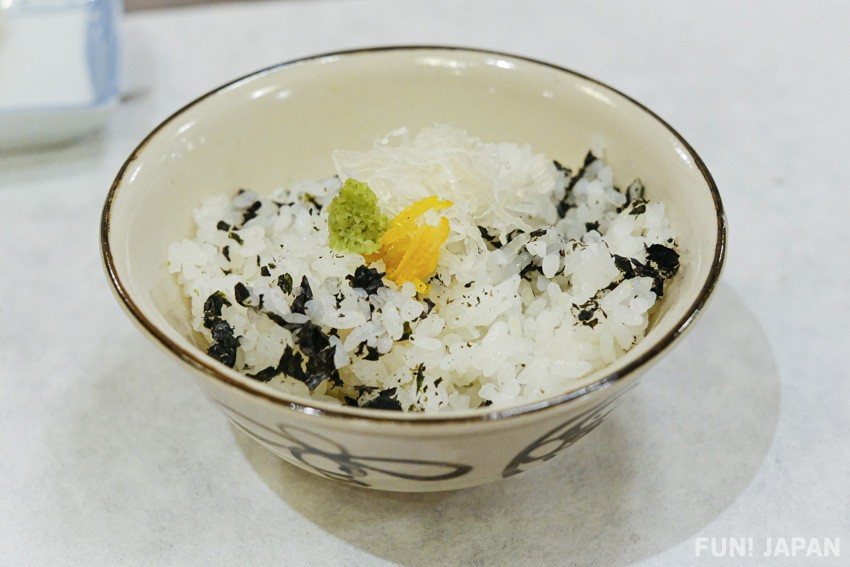
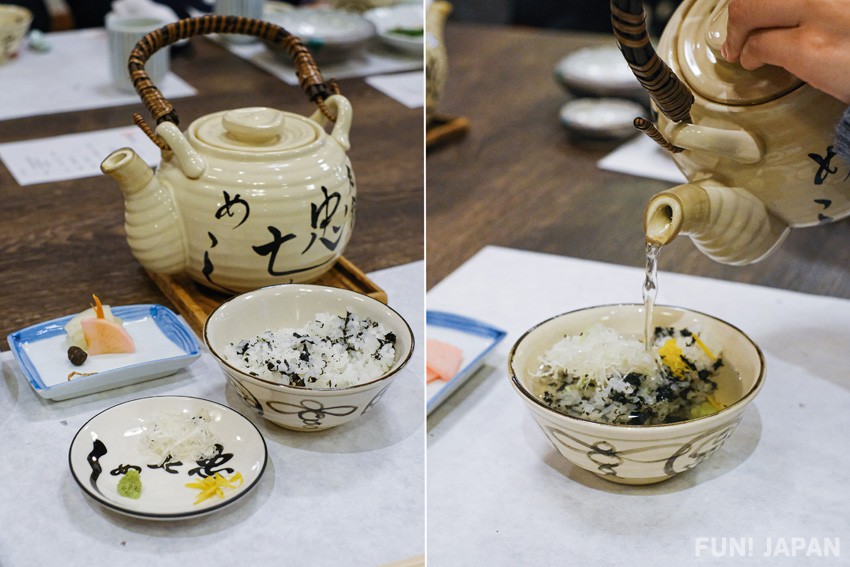
Introducing "Chushichi Meshi", a unique dish exclusively served at Ryokan Futaba in Ogawa Town, Saitama Prefecture since the late Edo period. This delightful meal features warm rice served alongside a selection of condiments including seaweed, wasabi, yuzu, and green onions, accompanied by a secret sauce in a clay pot. To savour it, simply place the condiments at the centre of the rice, pour about 80% of the piping hot secret sauce over the dish, and enjoy its comforting flavours, akin to ochazuke.
The story of Chushichi Meshi unfolds from a fateful encounter between Yagi Chushichi, the eighth-generation proprietor of Ryokan Futaba and a skilled chef, and Tesshu Yamaoka, a prominent figure of the Meiji era. Legend says that whenever Tesshu visited Takezawa in Ogawa Town, he often dined and drank at Futaba. It was on one such occasion that Tesshu proposed infusing a "Zen flavour" into the cuisine. Taking this to heart, Chushichi meticulously crafted "Chushichi Meshi". This dish embodies the core values of "Sword, Zen, and Calligraphy" cherished by Tesshu, while seamlessly blending with the essence of Japanese cuisine – a delicate balance of flavour and lightness. Impressed by the dish, Tesshu named it "Chushichi Meshi".
About Ryokan Futaba where you can eat Chushichi Meshi
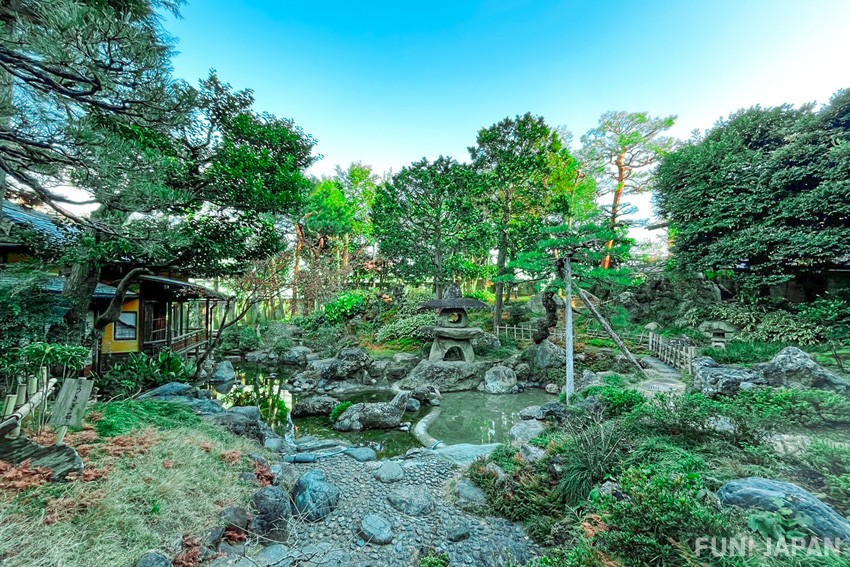
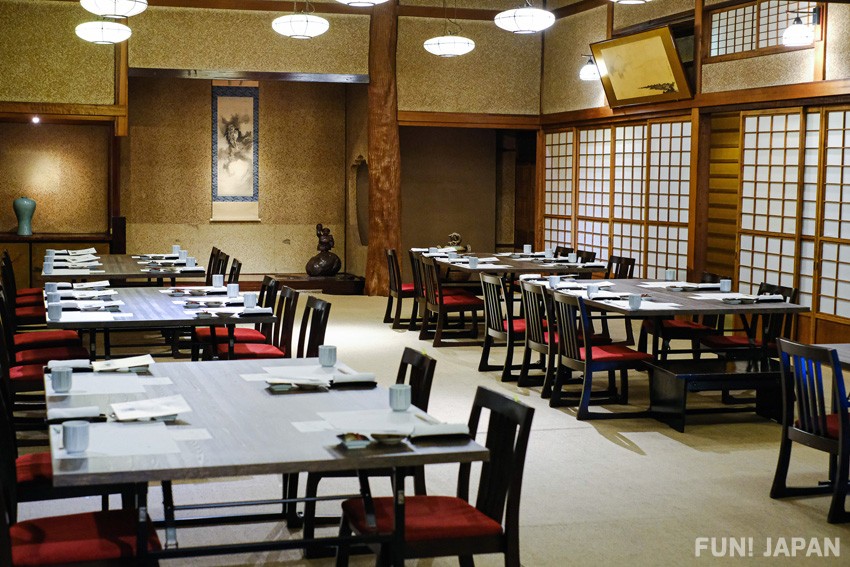
Founded in 1748, Kappo Ryokan Futaba carries a rich heritage spanning over 270 years. The inn's sukiya (tea-ceremony room) style interior immerses guests in traditional Japanese ambiance. Its main building, built in 1933, holds the prestigious designation of a registered tangible cultural property of Japan. Stroll through the enchanting Japanese garden adorned with unique rock formations, including blue stone steles and pebbles dating back to around 1300 AD, creating picturesque scenes at every turn. After dining, guests can enjoy a leisurely stroll through the garden, enhancing their stay with serene natural beauty.
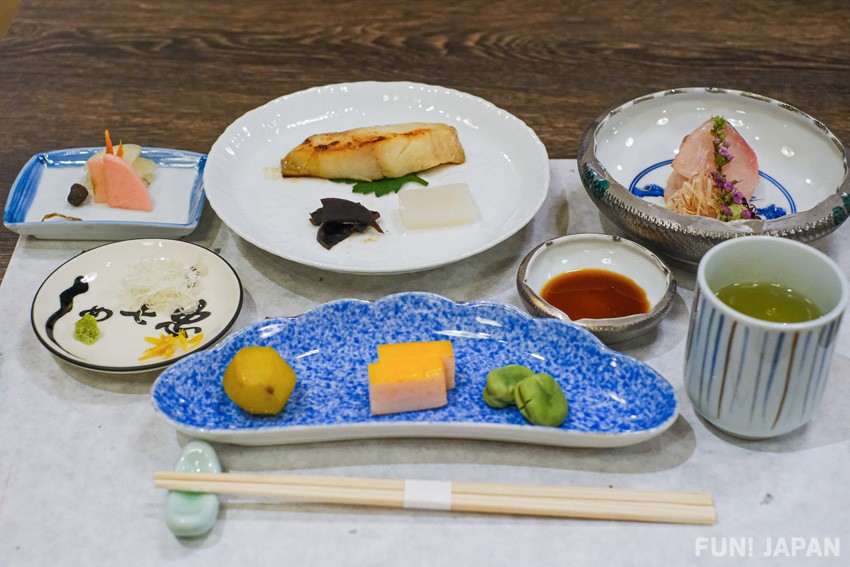
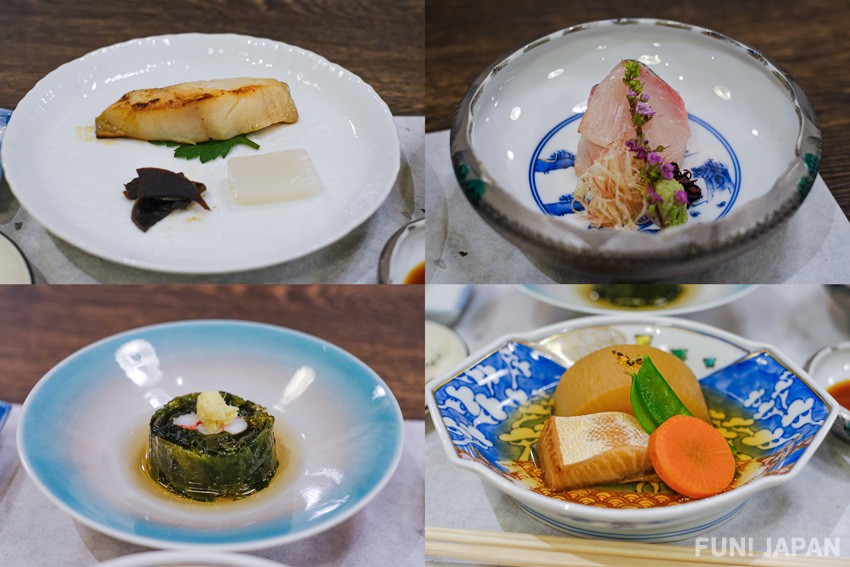
At Kappo Ryokan Futaba, alongside the renowned specialty, Chushichi Meshi, guests can indulge in kaiseki cuisine celebrating seasonal ingredients. The multi-course menu features appetisers, soup, sashimi, and grilled dishes, with Chushichi Meshi always served as the grand finale. To elevate the essence of Chushichi Meshi, they meticulously select seaweed from the Seto Inland Sea, expertly roasted by Yamamoto Nori Shop in Tokyo Nihonbashi, with deep ties to Tesshu Yamaoka. Additionally, they use premium organic Koshihikari rice, bonito flakes sourced from Ninben in Tokyo Nihonbashi, and finest-quality dried bonito. Plus, the addition of yuzu from the lush Ogawa region further enriches the flavours of Chushichi Meshi.
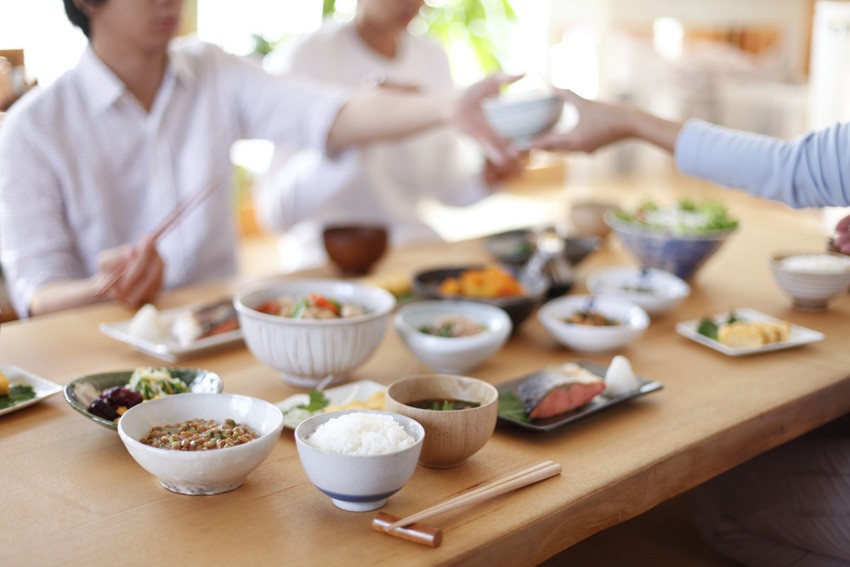
Japan's Five Signature Rice Dishes embody the essence of each region's climate, history, and culture. These cherished local dishes offer a glimpse into the diverse culinary landscape and provide a window into the lives and traditions of the local people. Regional food exchanges not only foster closer ties between communities but also play a vital role in preserving and evolving the cultural heritage. When visiting different regions, make it a point to savour "Japan's Five Signature Rice Dishes" for a truly immersive experience!

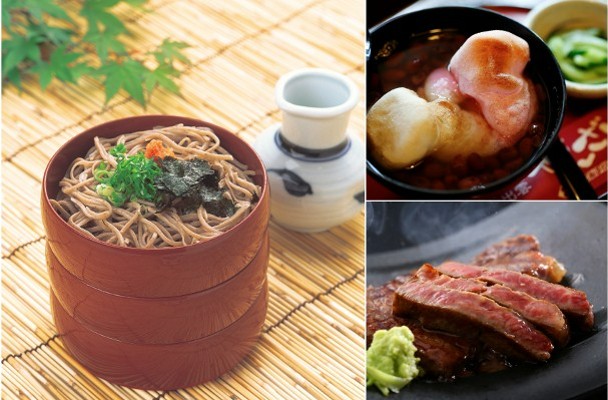

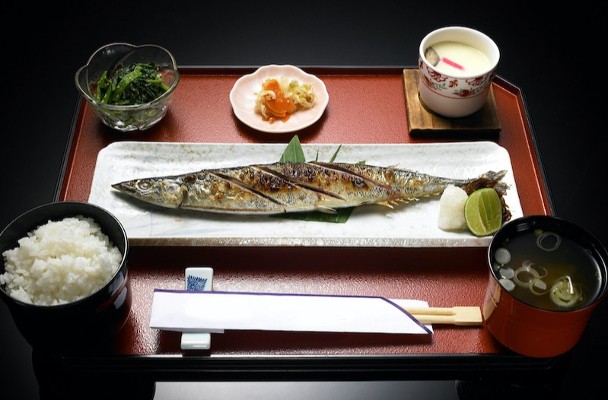
Comments